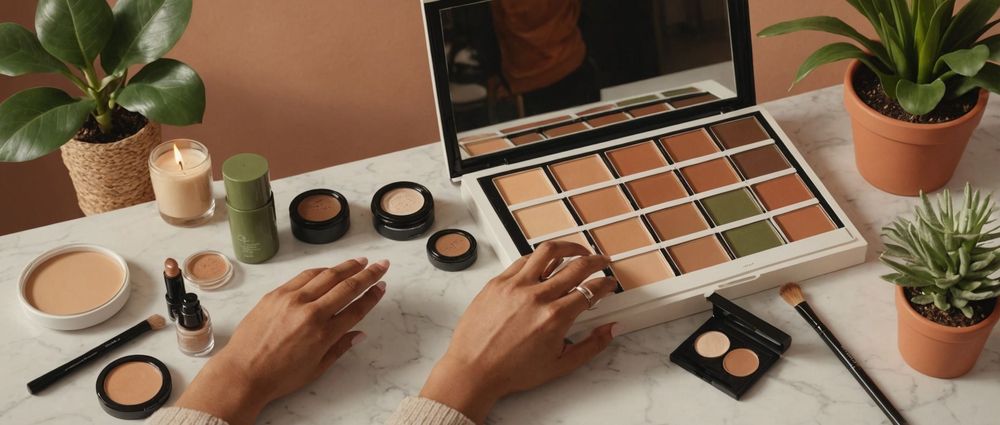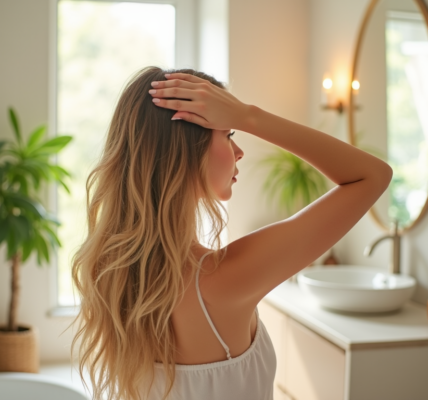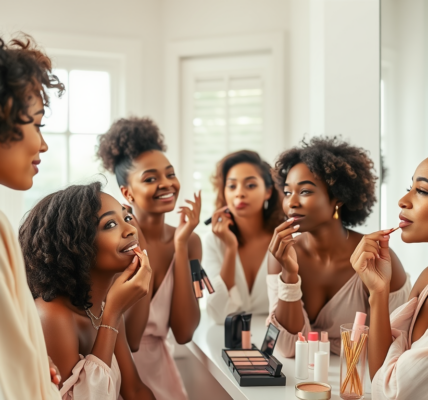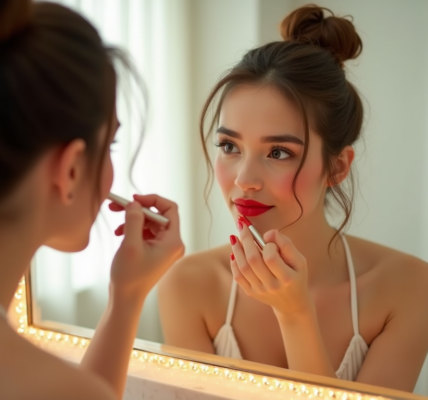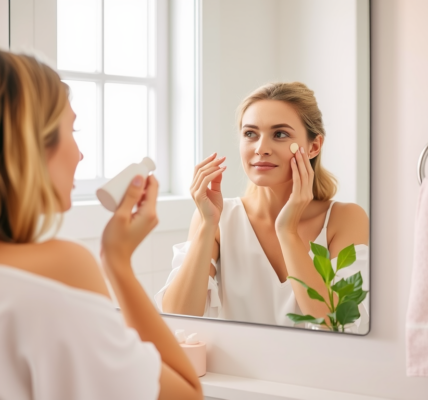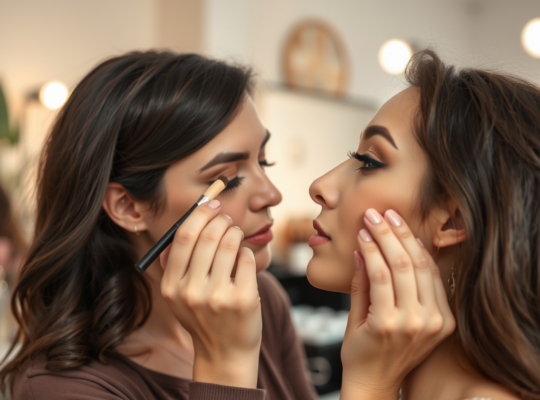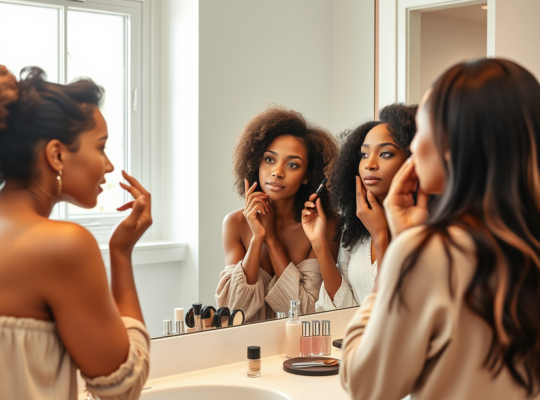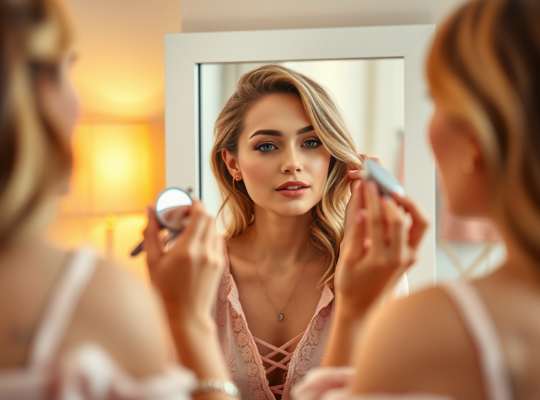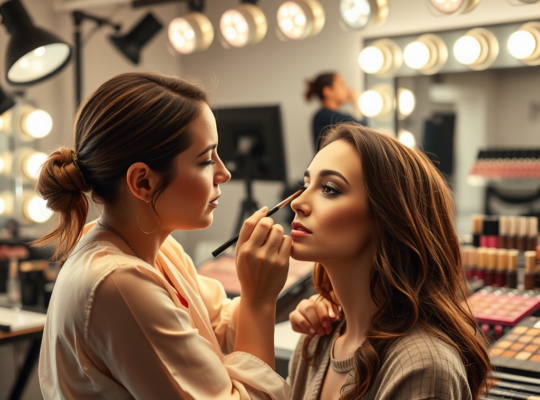Choosing the right concealer shade is essential for achieving a flawless makeup look. A well-matched concealer can effectively cover blemishes, dark circles, and other imperfections without looking cakey or unnatural. In this article, we will explore a step-by-step guide to help you find the perfect concealer shade that matches your skin tone seamlessly, ensuring your makeup looks polished and radiant.
Understand Your Skin Undertone
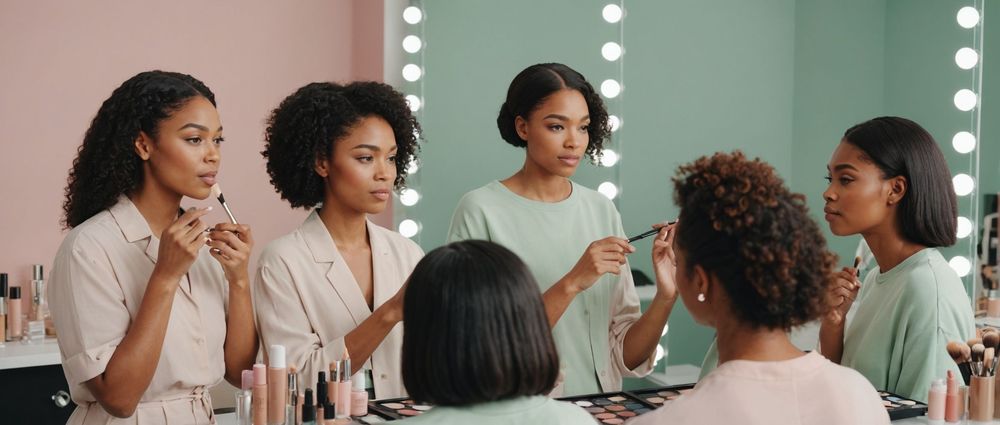
The first step in selecting the right concealer shade is to understand your skin undertone. Skin undertones generally fall into three categories: cool, warm, and neutral.
- Cool Undertones: If your skin has pink, red, or blue hues, you likely have cool undertones. Silver jewelry often complements your skin best.
- Warm Undertones: Those with warm undertones have golden, yellow, or peachy hues. Gold jewelry tends to suit your skin tone.
- Neutral Undertones: A mix of both warm and cool, neutral undertones can wear colors that are both warm and cool. This is often the safest category.
To determine your undertone, you can look at the veins on your wrist. If they appear blue, you are cool-toned; if they appear green, you likely have warm undertones. If you’re unsure, you may fall into the neutral category. Understanding your undertone is crucial as it will help guide you to the right concealer shade that will not clash with your natural skin tone.
Choosing the Right Concealer Shade for Your Skin Tone
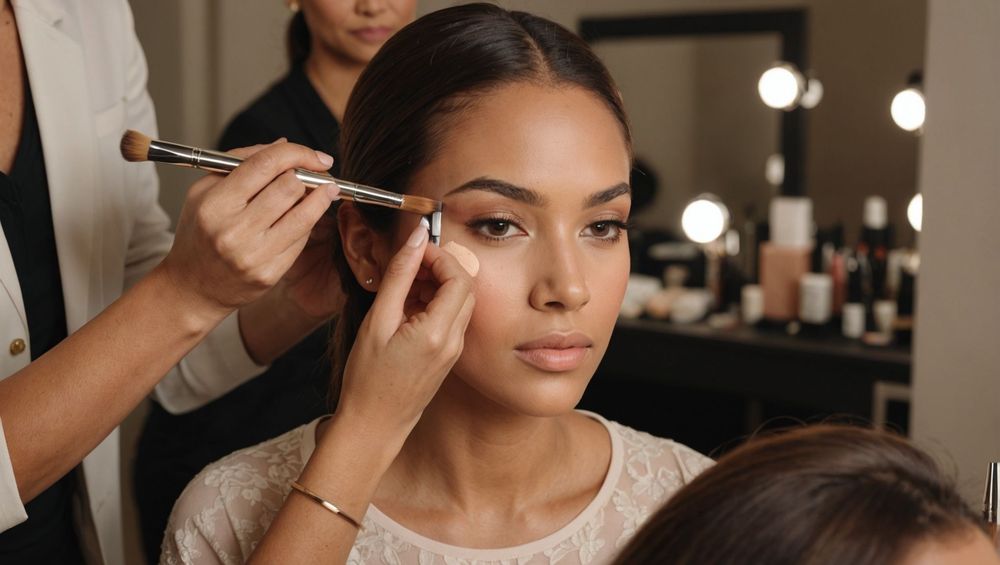
Once you have identified your skin undertone, the next step is to select a concealer that aligns with both your skin tone and undertone. Here are some tips to guide you in this process:
- Test in Natural Light: Always swatch concealers on your skin in natural daylight. Artificial lighting can distort colors, making it hard to see the true shade.
- Use a Shade Finder: Many brands have a shade finder tool on their websites that recommends shades based on your answers to a few questions about your skin tone and concerns.
- Select a Shade Lighter for Dark Circles: When covering dark circles, choosing a shade that is one or two shades lighter than your foundation can brighten the under-eye area without looking too stark.
- Match to the Area You’re Concealing: If you’re concealing blemishes, select a shade that perfectly matches your skin tone, as it needs to blend in seamlessly.
- Test on Your Jawline: Applying concealer on your jawline can give you a better idea of how it matches across your face, especially if your face and neck are different tones.
Ultimately, finding the right shade may require a bit of experimentation, but the payoff is worth it when you achieve that airbrushed look.
Consider the Texture and Finish
Beyond color, the texture and finish of the concealer also play a significant role in how it performs on your skin. Different formulas can yield different results:
- Liquid Concealers: Great for a lightweight feel, liquid concealers are ideal for covering dark circles and providing a luminous finish.
- Cream Concealers: These provide more coverage and work well on spots or blemishes but should be blended quickly before setting.
- Pencil Concealers: Best for targeted areas, these are perfect for small imperfections but may require additional blending to avoid harsh lines.
- Pot Concealers: Usually thicker, pot concealers offer maximum coverage but can be heavy on the skin, so they are better suited for specific spots.
When choosing the right texture, consider your skin type. If you have dry skin, go for a hydrating or dewy finish, whereas oily skin may benefit from a matte or oil-free formula.
Application Techniques for a Seamless Look
After selecting the right concealer color and formula, the next crucial part is application. The method of applying concealer can significantly impact its appearance:
- Use Your Ring Finger: Your ring finger applies the least amount of pressure and is perfect for tapping concealer onto delicate areas like under the eyes.
- Concealer Brush: For larger areas or precise application on blemishes, use a concealer brush for even coverage.
- Beauty Sponge: A damp sponge can help in blending the concealer seamlessly into the skin for a flawless finish.
- Set with Powder: To prevent creasing, set your concealer with a translucent powder using a soft brush.
Always start with a small amount of product, as it’s easier to build coverage than to remove excess product. The goal is to create a natural look that enhances rather than masks your skin.
Conclusion
In conclusion, picking the perfect concealer shade involves understanding your skin tone and undertone, choosing the right product, and mastering application techniques. Take your time to experiment with different tones and formulas, and don’t be afraid to ask for help at makeup counters. A well-matched concealer can make a world of difference, transforming your makeup game and boosting your confidence.
FAQs
1. How do I know if my concealer is too light or too dark?
If your concealer appears ashy or noticeably lighter than your foundation, it’s too light. Conversely, if it looks dark and leaves a shadow effect, it’s too dark. The right shade should blend seamlessly into your skin.
2. Can I use the same concealer for under eyes and blemishes?
While it’s possible to use the same concealer, it’s often best to choose different formulations. A lighter, creamier concealer works best for under-eyes, while a thicker formula may be better for blemishes.
3. How can I make my concealer last longer?
To extend the wear of your concealer, apply a primer beforehand, set it with a translucent powder, and avoid touching your face throughout the day to reduce oil transfer.
4. Should I apply foundation or concealer first?
Apply foundation first, as it provides a base layer. Then, use concealer to cover any imperfections, ensuring more targeted coverage and a more natural finish.
5. What’s the best way to remove concealer at the end of the day?
Use a gentle makeup remover or micellar water to dissolve the concealer, followed by cleansing your face with a mild facial cleanser. This ensures no residue is left that could clog pores.
